


We received another shipment of Citrus Trees! Hurry in because these won’t last!
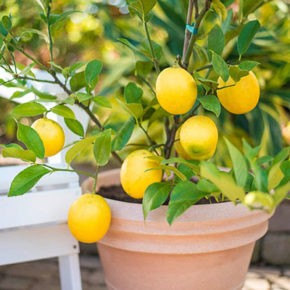
The history of citrus and its spread around the world would read like a popular adventure novel. Around 300 BC the first citrus found its way into Europe, via Alexander the Great. Later the Arabs distributed sour oranges and lemons throughout Northern Africa and Spain and the Portuguese brought the first specimens of sweet oranges from India around the 16th century. In Asia, mandarin oranges moved to Japan from China during the 12th century AD. Citrus made the trip to the New World on Columbus’ second voyage in 1493. They adapted so well to this new climate, that many varieties have become major agriculture crops.
Citrus trees are popular plants that can be grown in containers. Some of the best varieties of citrus such as lemons or limes can grow in a pot for years and produce an abundance of fruit.
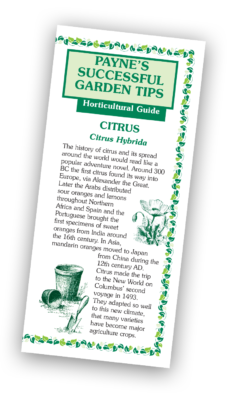
If you’re interested in growing your own citrus fruit at home, Payne’s has one of the most popular citrus tree around – the Meyer Lemon tree. An heirloom dwarf lemon with delicious golden-yellow fruit. It makes a fine potted plant and is the hardiest lemon for cool temperatures. The fruit is more flavorful than store-bought lemons and is prized by chefs. It bears heavily at a young age, flowering and fruiting year-round. Brought into the U.S. at the turn of the century from China, this lemon tree is thought to be a hybrid between a lemon and an orange.
CLICK HERE or on the TIP image to download Payne’s CITRUS TREE Gardening Tip!
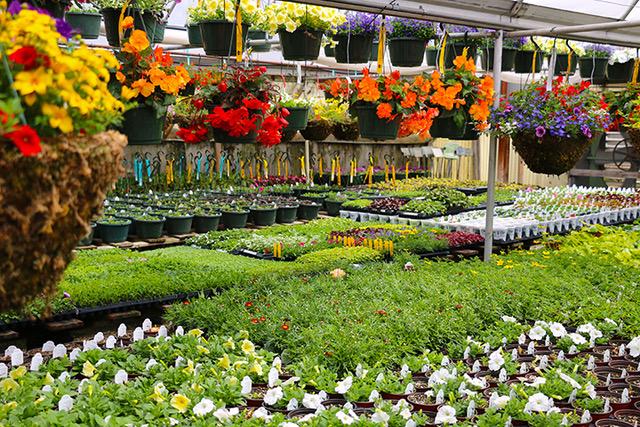






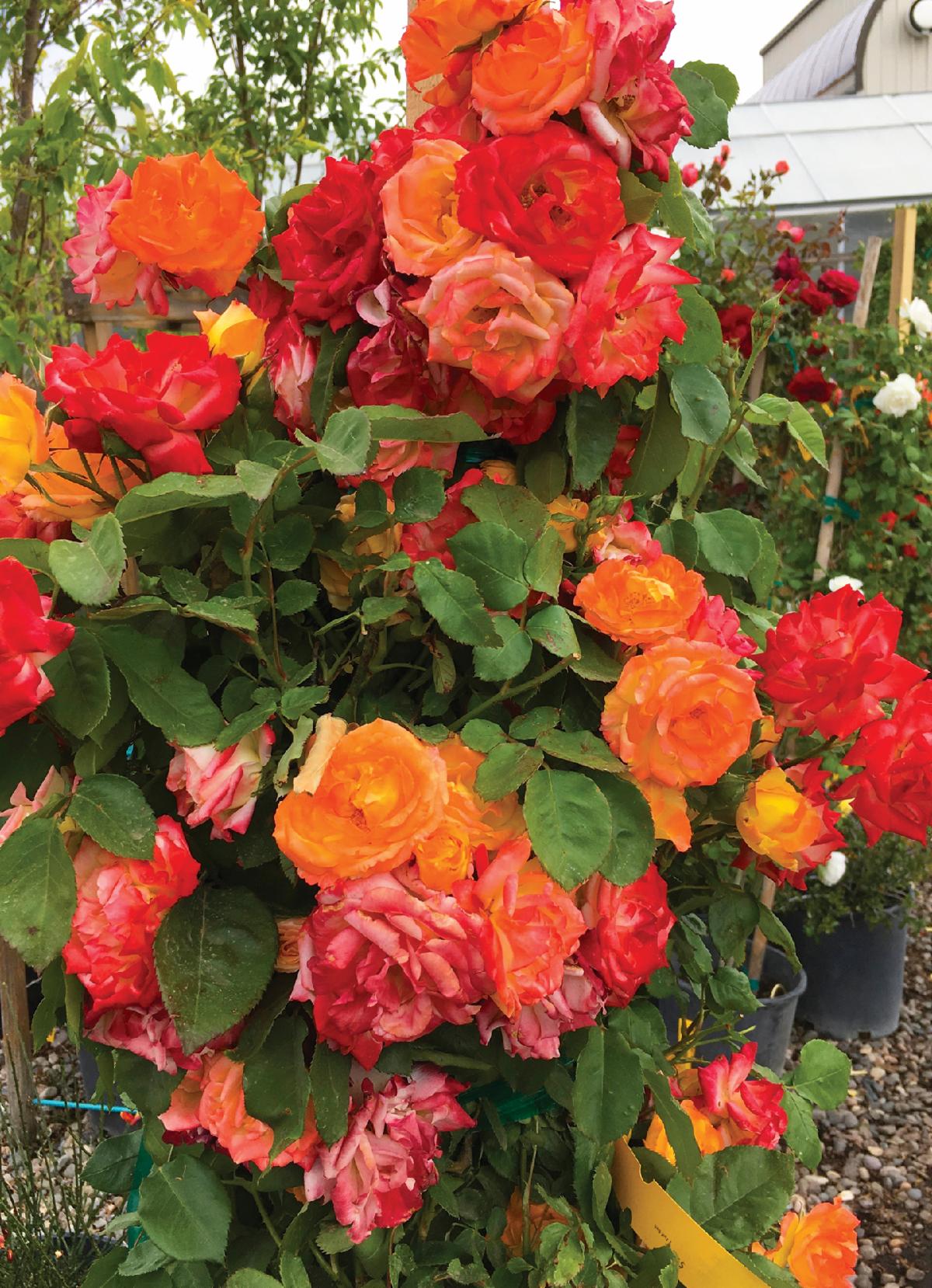




We carry a variety of chile/peppers in the greenhouse. Some are considered sweet peppers, others are hot peppers and some have absolutely no flavor until they are sautéed in olive oil, garlic and sea salt.
Chile pungency is expressed in Scoville Heat Units (SHU), named for Wilbur L. Scoville, who invented the scale in 1912. His test was the first reliable measurement of the pungency of chiles. The test uses a panel of five human subjects who taste diluted chile extract.
Here in Northern New Mexico the favorites are Joe E. Parker and Sandia which are ‘hatch’ varieties. These are around 500 to 7,000 SHU. We sell lots of jalapenos, and gueritos (Santa Fe Grande). These fall between 3,000 and 5,000 SHU. In addition, we have Sweet Cherry peppers and Shishitos which have little to no heat. If you want more heat, we have Black Pearl at 30,000 SHU, and Serranos. We also carry the Ghost pepper at 1,000,000 SHU.
I am one of those individuals who prefers to taste the chile and live to brag about it the next day. If you choose to eat the extreme varieties, please have plenty of Milk or Ice Cream on hand to temper the heat.



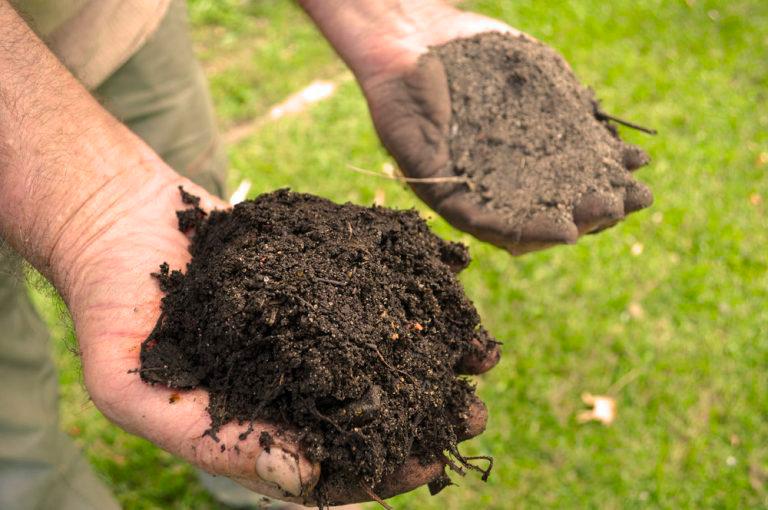

| WHAT IS THE MOST IMPORTANT THING TO DO BEFORE YOU PLANT? ANOTHER GREAT QUESTION! In this week’s archived show from previous years, the Garden Guru said that whenever you’re planting anything — whether it’s a tree or shrub or a perennial… the most important thing to remember is soil preparation! You only really have that first chance to prepare the soil adequately. If you don’t do it adequately, you really can’t dig it up later on and do it again once you’ve planted. If you’re planting vegetables or annuals, of course, that’s a different matter because every spring you can start over. Lynn said it’s more important to prepare the soil than it is to actually plant additional plants. To prepare your soil, think about getting something organic to mix into your existing soil — what Lynn’s talking about are things that occur naturally — like products we sell at Payne’s Organic Soil Yard (POSY) such as a variety of mulch, pecan shells, soil amendments, and more. Listen to Lynn’s tip on why soil preparation is so important! |
CLICK HERE TO LISTEN TO THE GARDEN GURU’S ARCHIVED RADIO SHOW ON THIS TOPIC.
HAPPY GARDENING!
The NORTH STORE at 304 Camino Alire IS HIRING the following positions:
General Green House Laborer and Nursery Yard Laborer
Download the application HERE and bring it in!
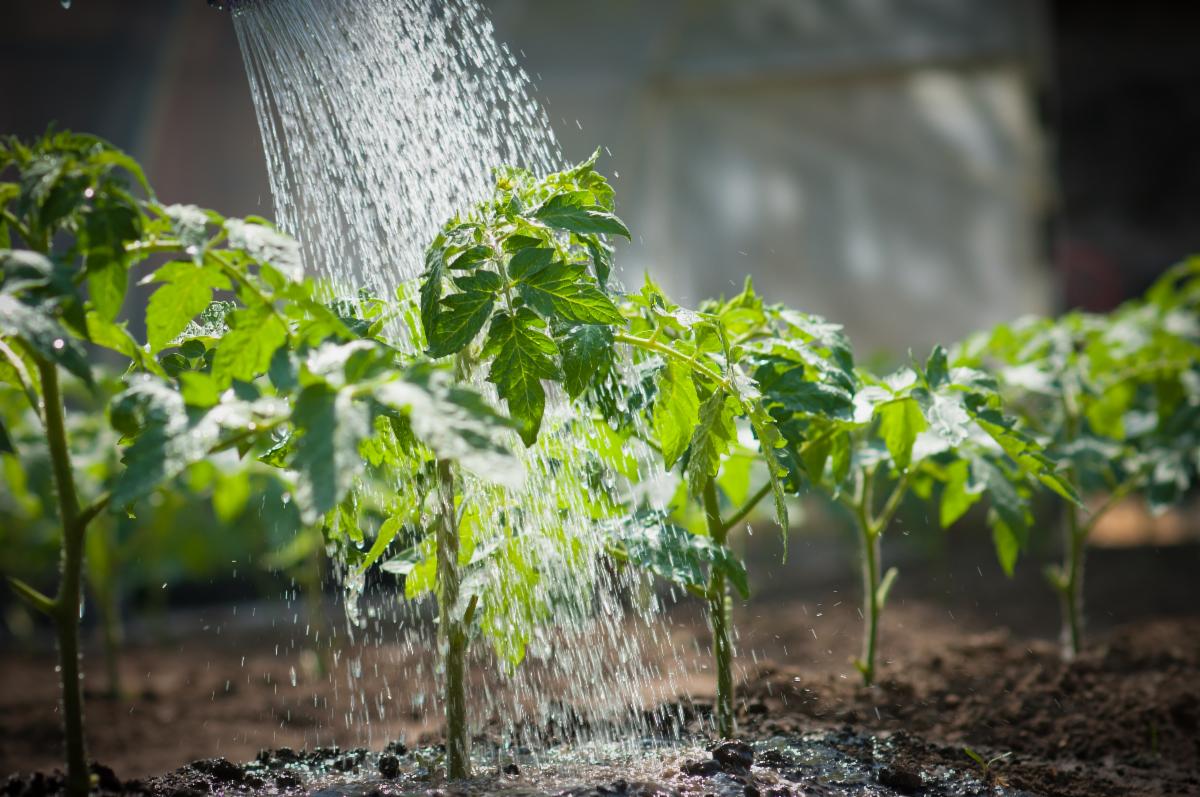
| Watering is best performed in the cool of the morning or evening. Remember, plants need 1.5-2 inches of water per week during hot weather, we’re talking about in-ground plants. Plants in hanging baskets, window boxes, and other containers, which rain does not moisten effectively when we have it, will need regular watering. By the way, before you turn your hose on your plants, run all the hot water from the hose to keep from scalding the plants! Here are some tips on how to water properly during these Spring months: Please check your plants and make sure that they are receiving enough water. Without rain at this time, here’s a list of watering techniques to consider: * WATER LESS FREQUENTLY, MORE DEEPLY: Water thoroughly 1-2 times per week instead of a light application every day, in other words, soak the entire root zone. * WATER EARLY IN THE DAY before heat and drying winds cause evaporation. Watering is best performed in the cool of the morning or evening. * INSTALL A DRIP IRRIGATION SYSTEM * COLLECT AND CHANNEL WATER: Place rain barrels or other large containers under canales to catch roof run-off — IF we ever get any rain!!! * GIVE EACH PLANT ONLY AS MUCH WATER AS IT NEEDS. But remember: new plantings need generous amounts of water to become established. TJ’s TIP: Use saucers under your plants so they collect water. Of course there will be some overflow … and the water will drain out. Pots outside can take the water back up through their roots so their is less waste and they can water themselves! While that isn’t always necessary, it can be helpful for many home gardeners to consider putting a saucer under plants, even when they are outside to help identify watering techniques and amounts. |
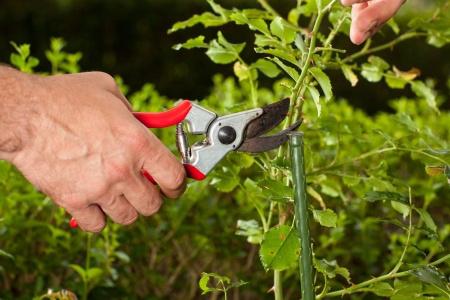

Pruning tools are essential for gardening because they help maintain plant health, enhance growth, and improve the aesthetic appeal of the garden.
By removing dead or diseased branches, gardeners can prevent the spread of pathogens and pests. Pruning also stimulates new growth, ensuring that plants develop in a healthy and balanced manner.
Additionally, these tools allow for the shaping and structuring of plants, which contributes to a more organized and visually pleasing garden space. Regular pruning ensures plants remain robust, productive, and attractive.
STOP BY EITHER PAYNE’S LOCATION TODAY FOR A GREAT SELECTION!

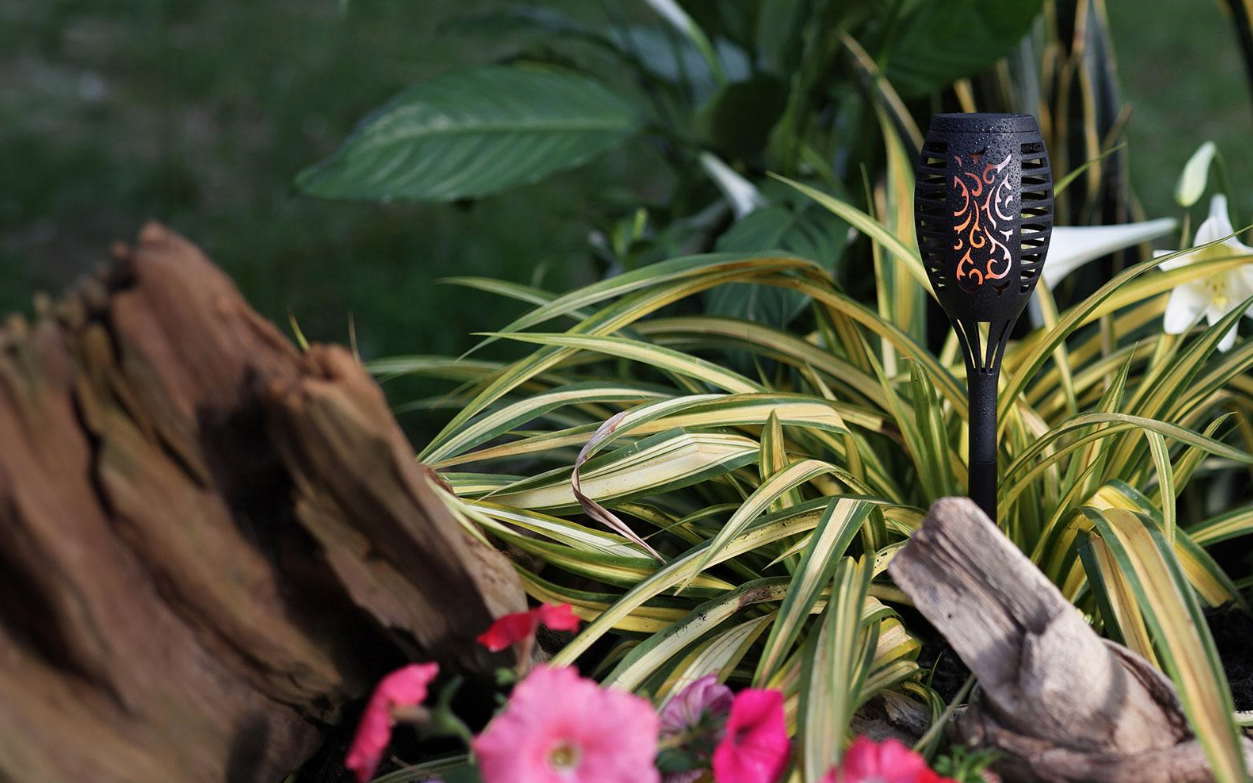
Create your dream retreat with Moonrays’ solar and low-voltage products. Choose from various styles and finishes to enhance your space. Illuminate paths and gardens while adding captivating silhouettes. Stop by the SOUTH Store today for a great selection!
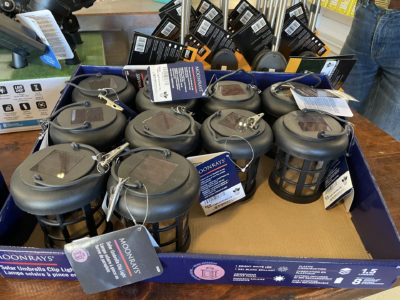
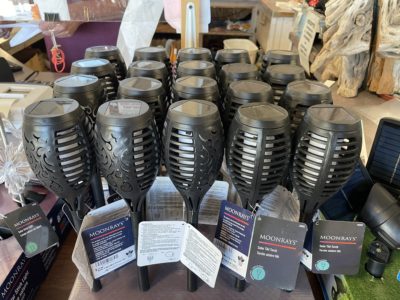
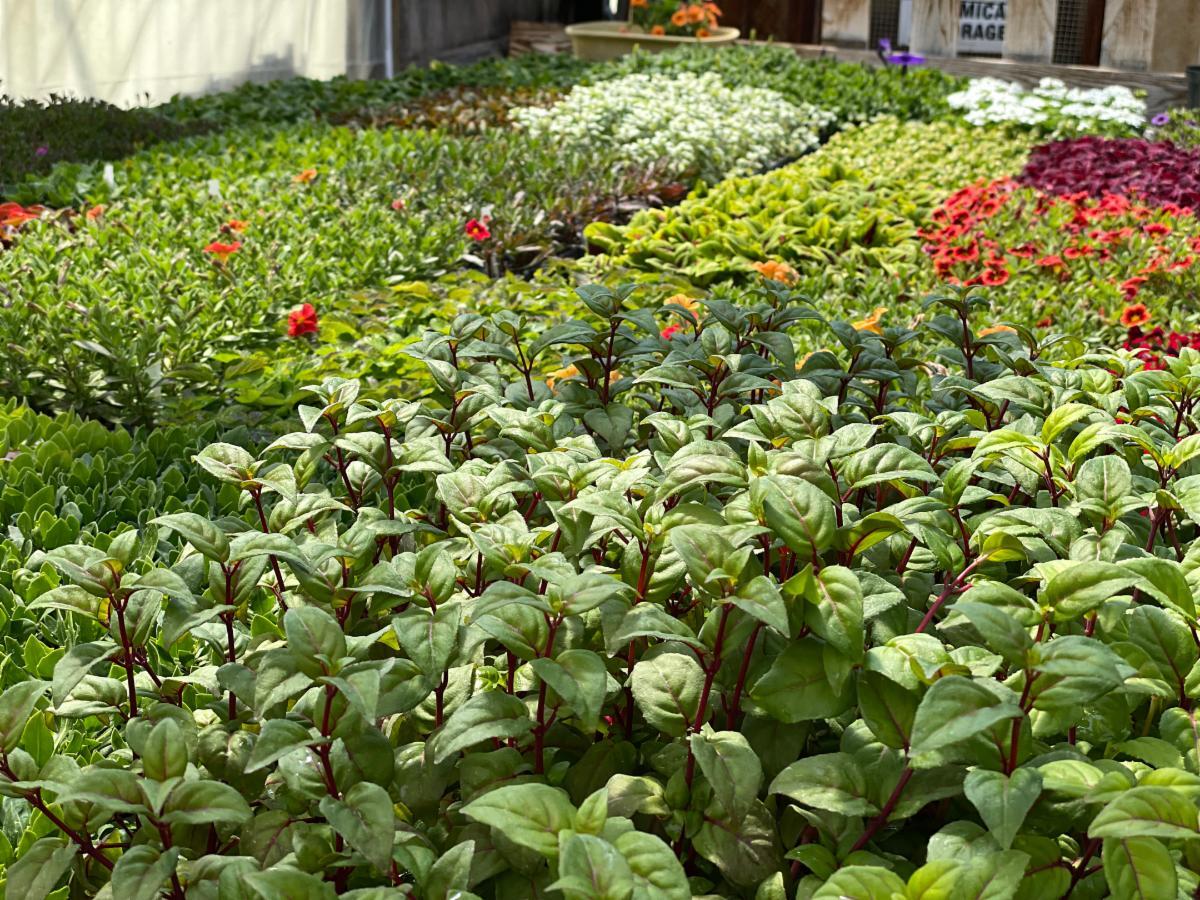
PHOTO OF THE WEEK!
OUR PAYNE’S PLANTS THAT STARTED FROM SEED —
ARE READY TO PLANT!
—————————————————-
SHARE YOUR PHOTOS! Please keep sending in your photos.
You Could WIN a $25 Gift Card!
If you have a photo taken in one of our greenhouses or of your own garden orlandscape that contains products from Payne’s, please send it to info@paynes.com!
If your photo is chosen, and used in our e-newsletter website or other marketingmaterials, then you will receive a Gift Certificate from Payne’s for $25!Please make sure to give us your contact information in your email.

by The Old Farmer’s Almanac
Here’s THIS MONTHS ZODIAC SIGN PROFILE AND HOW IT CAN HELP YOU GARDEN:
TAURUS (April 21 to May 20)
Taurus settles, or deepens, the spring. Practical and value-oriented, you like consistency and stability. Your garden preferences are also deeply rooted: Carrots, beets, potatoes, and turnips appeal to you and flourish under your care. With your heightened sense of taste and touch, you prefer comfort foods to faddish fare. All forms of potatoes (chips, fries, baked, or mashed) might be found as staples of the evening meal. You love to feel the earth under your feet and will kick off your shoes whenever possible. Taurus likes the tried-and-true, so heirloom varieties of plants that bloom in any color grace your gardens.